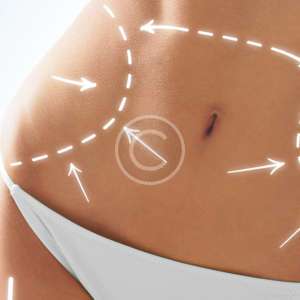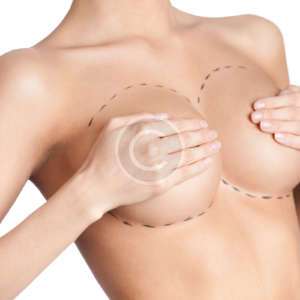
Ear surgery, also known as otoplasty, can improve the shape, position, or proportion of the ear. A defect in the ear structure that is present at birth or that becomes apparent with development can be corrected by otoplasty. This procedure can also treat misshapen ears caused by injury.
Who is a good candidate for ear surgery ?
Children who are good candidates for ear surgery are:
- Healthy, without a life-threatening illness or untreated chronic ear infections
- Children who are at least five years old or older, so the ear’s cartilage is stable enough for surgery, as the ear has achieved 80% of its adult size by this time.
- Cooperative and follow instructions well
- Able to communicate their feelings
Teenagers and adults who are good candidates for ear surgery are:
- Healthy individuals who do not have a life-threatening illness or medical conditions that can impair healing
- Individuals with a positive outlook and specific goals in mind for ear surgery
- Non-smokers
- Your ear or ears stick out too far from your head
- Your ears are large in proportion to your head
- You're dissatisfied with a previous ear surgery
Consultation
During consultation your surgeon will :
- Evaluate your general health status and any pre-existing health conditions or risk factors
- Take photographs for your medical record
- Discuss your options and recommend a course of treatment
- Discuss likely outcomes of ear surgery and any risks or potential complications
- Obtain lab testing or a medical evaluation
- Take certain medications or adjust your current medications
- Stop smoking well in advance of surgery
- Avoid taking aspirin and certain anti-inflammatory drugs and herbal supplements as they can increase bleeding
Procedure
Medications are administered for your comfort during the surgical procedure. The choices include local, intravenous sedation or general anaesthesia. Your doctor will recommend the best choice for you. Correction of protruding ears uses surgical techniques to create or increase the antithetical fold (just inside the rim of the ear) and to reduce enlarged conchal cartilage (the largest and deepest concavity of the external ear). Incisions for otoplasty are generally made on the back surface of the ear.
When incisions are necessary on the front of the ear, they are made within its folds to hide them. Internal, nonremovable sutures are used to create and secure the newly shaped cartilage in place.
External stitches close the incision. Techniques are individualized, taking care not to distort other structures and to avoid an unnatural « pinned back » appearance.
Risks
Is it safe ?
You will be asked to sign consent forms to ensure that you fully understand the procedure you will undergo, the alternatives and the most likely risks and potential complications.
Possible risks include:
- Bleeding (hematoma)
- Blood clots
- Asymmetry
- Infection
- Poor wound healing
- Change in skin sensation
- Skin contour irregularities
- Skin discoloration/swelling
- Anesthesia risks
- Unfavorable scarring
- Allergies to tape, suture materials, glues, blood products, topical preparations or injected agents
- Pain, which may persist
- Possibility of revisional surgery
Is it painful ?
The general post-operative pain associated with otoplasty is almost always minimal. In most cases, this pain can be relieved with painkillers and anti-inflammatory medications.
After surgery, special bandages are carefully wrapped around the patient’s head to prevent as much discomfort as possible
recovery
Following the surgery there may be an itchy feeling under bandages. It is essential that bandages remain intact and are not removed for any reason. Failure to do so may result in loss of some of the correction and may require a secondary surgery.
You will be given specific instructions that may include how to take care of your ears following surgery, medications to apply or take orally to aid healing and reduce the risk of infection and when to follow-up with your plastic surgeon. Even though otoplasty is typically an elective procedure, it’s still a major surgery and your body needs the proper time to recover. During this time, you should avoid rigorous activities such as heavy lifting and exercise. You can resume your regular exercise routine when your doctor gives you the green light. Shampoo and other hair products contain certain chemicals that can irritate fresh incisions and prevent them from healing properly.
For at least the first week, you should avoid washing your hair entirely. Complete otoplasty recovery can take up to six weeks and during that time, you can gradually start to resume your normal activities under the guidance of your otoplasty surgeon.
results
The great thing about the otoplasty procedure is that it can deliver results right away, as the surgery involves trimming and reshaping the ear to create a more balance appearance. However, you may not see final results from your otoplasty procedure until about one or two weeks, as you may need to wear bandages.
This time period allows for any post-surgical swelling to subside, which should give you a better idea of how your new ears look. With the ear permanently positioned closer to the head, surgical scars are either hidden behind the ear or well hidden within the natural creases of the ear.
Things to keep in mind
- Otoplasties have no effect on hearing. After Otoplasty surgery your hearing will change is a myth.
- No ears are perfectly symmetrical. After otoplasty, you will still have very slight differences between your ears







